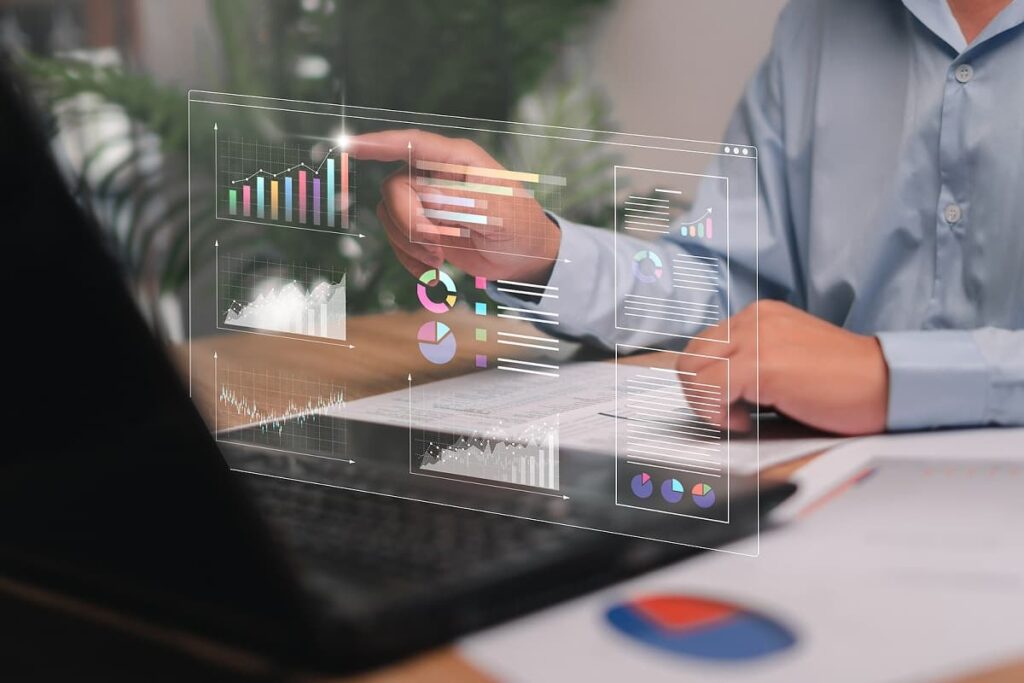3 Big Data Companies That Are Watching You
Table of contents
Table of contents

We’ve talked before about the emergence of big data and how technologies like the Internet of Things (IoT) will create ginormous data sets that we can learn from and more importantly make money from. There is so much digital data being created these days that it doubles every 2 years. Creating a big data set involves identifying the data set, collecting the data, and analyzing it with algorithms. What we’re starting to learn now is that there is TONS of big data all around us that only now we can begin to collect and analyze.
Take your smartphone as an example. It is estimated that there are 2 billion smartphone users in the world. That smartphone that you carry with you everywhere is in fact a tracking device that knows more about where you go and your daily habits than even you do. Tracking people’s smartphone locations is just one way that certain big data companies can watch what you’re getting up to, anonymously of course. Here are three big data companies that have created big data sets that analyze human and vehicle traffic.
Airsage
Founded in 2000, Airsage has taken in $12 million in funding from Constellation Capital to provide population location, movement, and traffic information based on wireless signaling data. The Company processes more than 15 billion mobile device locations everyday with the widest coverage of any location-based service provider in the country with coverage extending across almost every city in the entire U.S.

StreetLight data
Founded in 2010, San Francisco based StreetLight data recently closed a $7.5 million Series B funding round from investors that included Deutsche Telekom. In the words of StreetLight, the company “contextualizes anonymous location data from mobile devices to measure population mobility patterns“. StreetLight’s value proposition differs from Airsage as follows (in the words of the Company):
The chief way that we differ from AirSage is that we process both GPS and cellular data. AirSage only uses cellular data. GPS data allows for highly accurate analyses due to its 5-meter spatial precision and frequent pinging. This means we can track mobility behavior down to the off-ramps and on-ramps of highways. Another way that we are different from AirSage is that we offer our Metrics through an easy-to-use web app, StreetLight InSight. This means that our Big Data insights are available and ready-to-interpret in minutes. We are the only company that allows clients to customize, process, and download transportation project Metrics through a web app.
Placemeter
Founded in 2012, Placemeter has taken in nearly $8 million in funding from investors that include Qualcomm and lead investor New Enterprise Associates. Placemeter differs from the 2 companies we’ve already talked about in that they actually watch you. The Company has built a technology solution that allows you to take any live video feed, like a security camera for example, and then start counting the pedestrians, bicycles, motorcycles, vehicles, and large vehicles by using what we can only assume are deep learning methods. Here are some of the potential applications for Placemeter’s technology:
Placemeter sells their camera hardware for $99 or you can just use your own cameras. If you want them to scan your video archives, they’ll charge you $20 an hour to do so. There are an estimated 30 million surveillance cameras now deployed in the United States shooting 4 billion hours of footage a week. The total addressable market (TAM) for Placemeter is huge.
Sign up to our newsletter to get more of our great research delivered straight to your inbox!
Nanalyze Weekly includes useful insights written by our team of underpaid MBAs, research on new disruptive technology stocks flying under the radar, and summaries of our recent research. Always 100% free.















